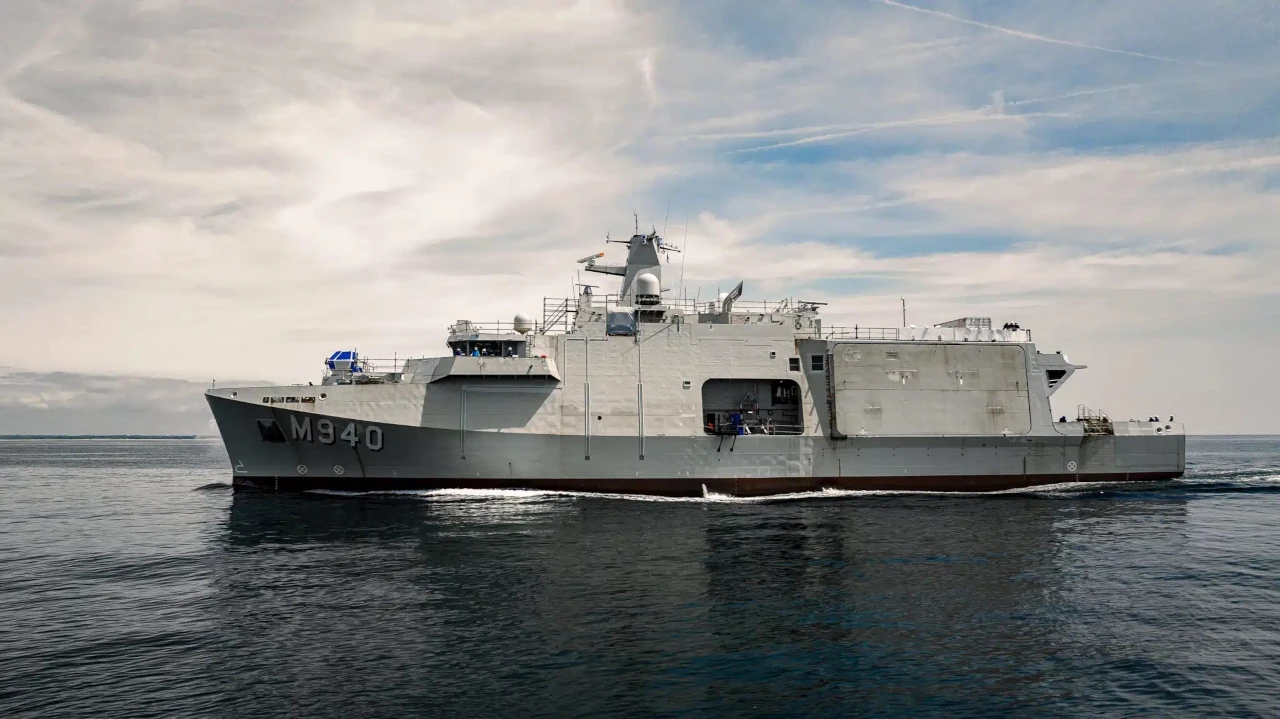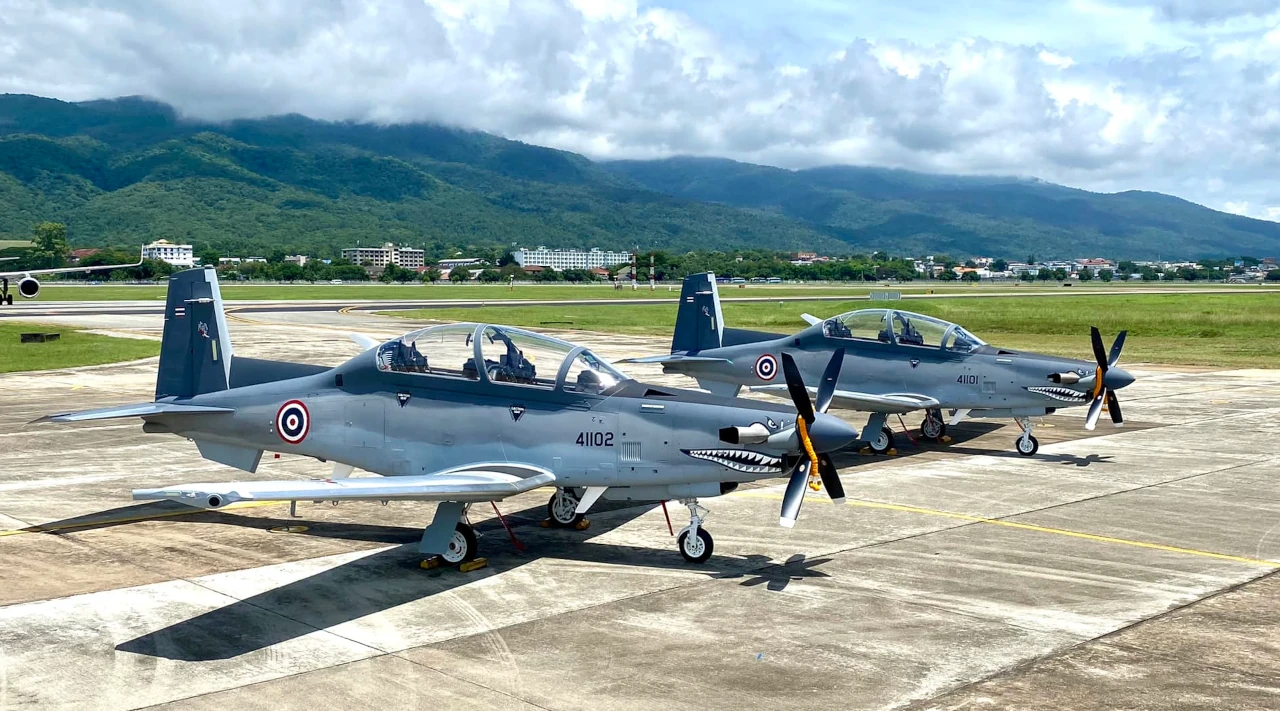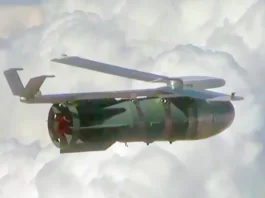This winter, Russian attacks on the Ukrainian power grid have been fewer than in the past. However, Russian attacks on the country’s energy infrastructure have been regular since March.
“We assume that in this way, we influence the military-industrial complex of Ukraine,” said Russian President Vladimir Putin on April 11. “We have recently observed a series of strikes on our energy sites, and we were forced to respond,” he added, referring to recent Ukrainian attacks on Russian refineries.
Russian forces launched 40 “kamikaze” drones [or teleoperated munitions, TM] and as many missiles against oil, gas, and electricity installations in the regions of Kyiv, Kharkiv [northeast], Zaporizhia [south], and Lviv [west], demonstrating the increasing pace of strikes against Ukrainian energy infrastructure.
The operator, Centrenergo, reports that the Trypilska thermal power plant, located about 50 km south of Kyiv and the largest electricity supplier, has suffered “complete destruction.” The Russian Aerospace Forces [VKS] recently introduced Kh-69 cruise missiles to target this installation. This is indeed what Defense Express, a specialized site, claims based on an analysis of debris found at the target site.
The Kyiv Scientific Research Institute and Forensic Examination [KNDISE] confirmed at least one case last February, indicating that this would not be the first time the VKS has used Kh-69 missiles.
MKB Raduga developed the Kh-69 based on the Kh-59MK2, previously associated with the 5th generation fighter-bomber Su-57 “Felon.” The presentation at the Army 22 arms fair near Moscow revealed that this weapon could carry a military payload of 310 kg over 290 kilometers, flying at a speed between 700 and 1000 km/h and at very low altitudes, making it difficult to detect. Its guidance mode combines an inertial navigation system with satellite geolocation like the Glonass constellation. Finally, it heads towards its target thanks to an electro-optical seeker.
Other aircraft, such as the tactical bomber Su-34 “Fullback” and the multi-role Su-30 and Su-35 “Flanker” aircraft, can deploy the Kh-69 in addition to the Su-57 Felon.
If Russia has indeed used Kh-69 against the Trypilska thermal power plant, then the weapon’s range is about 400 km, which is “sufficient to hit a significant number of targets on Ukrainian territory from tactical aircraft, which could very well approach the border or the front line at a distance of 50 to 70 km.”






